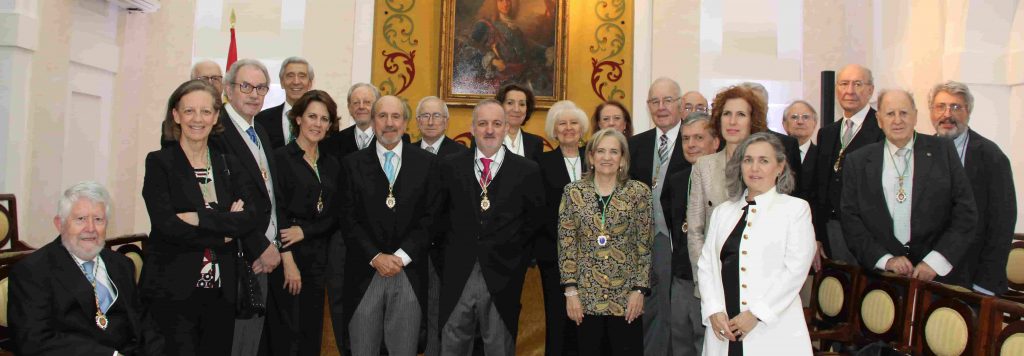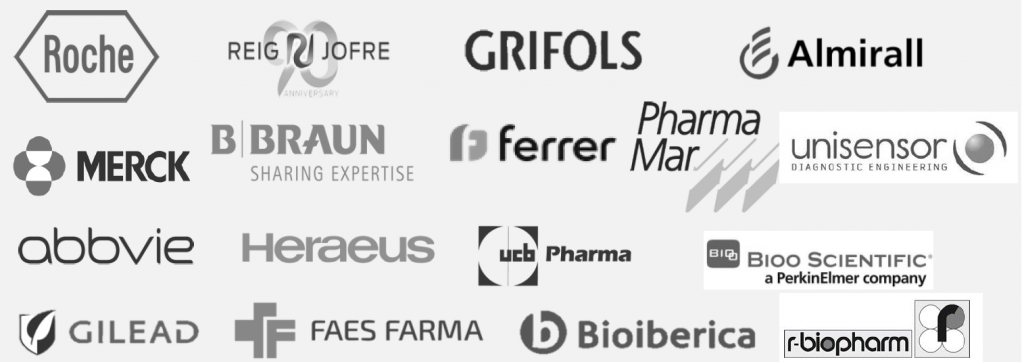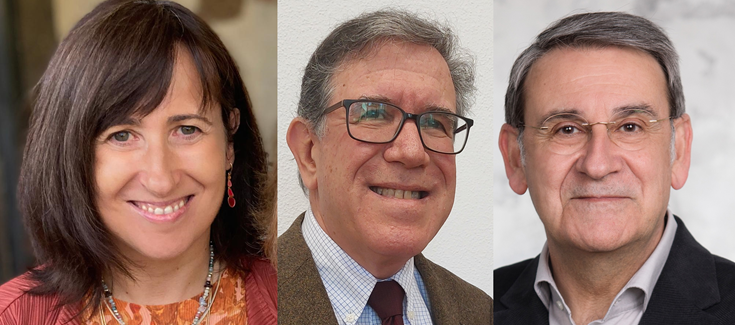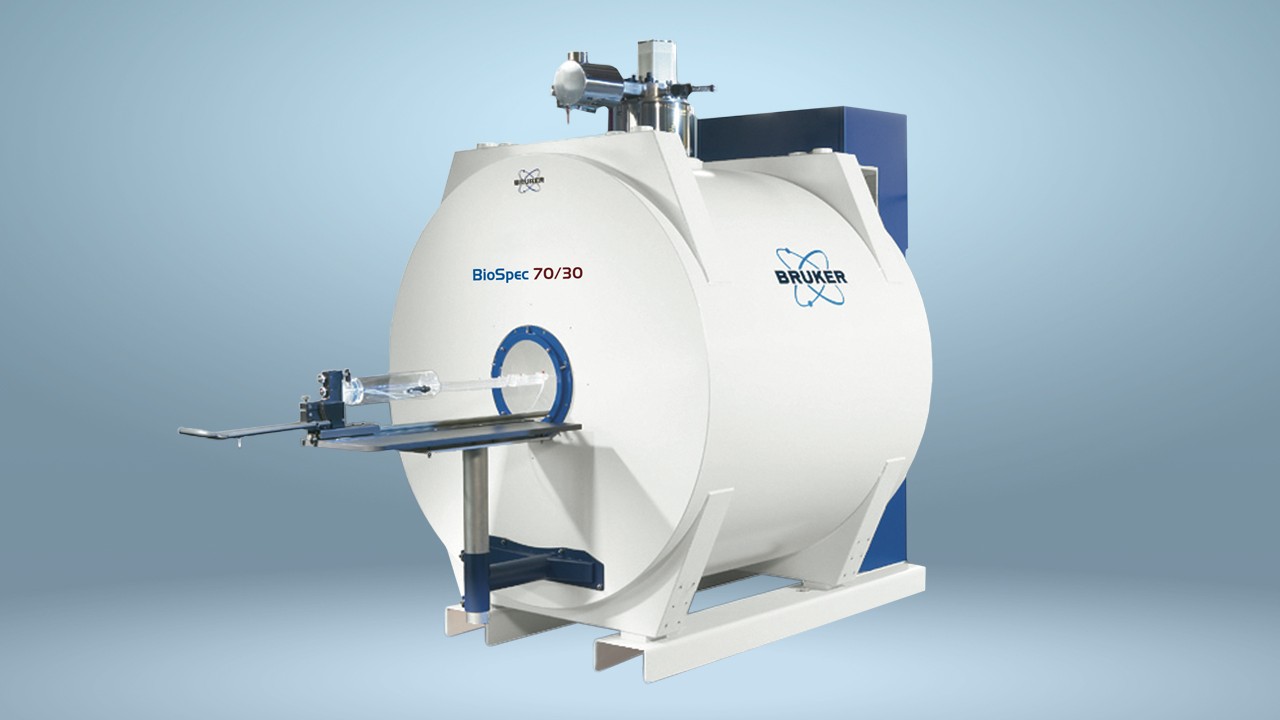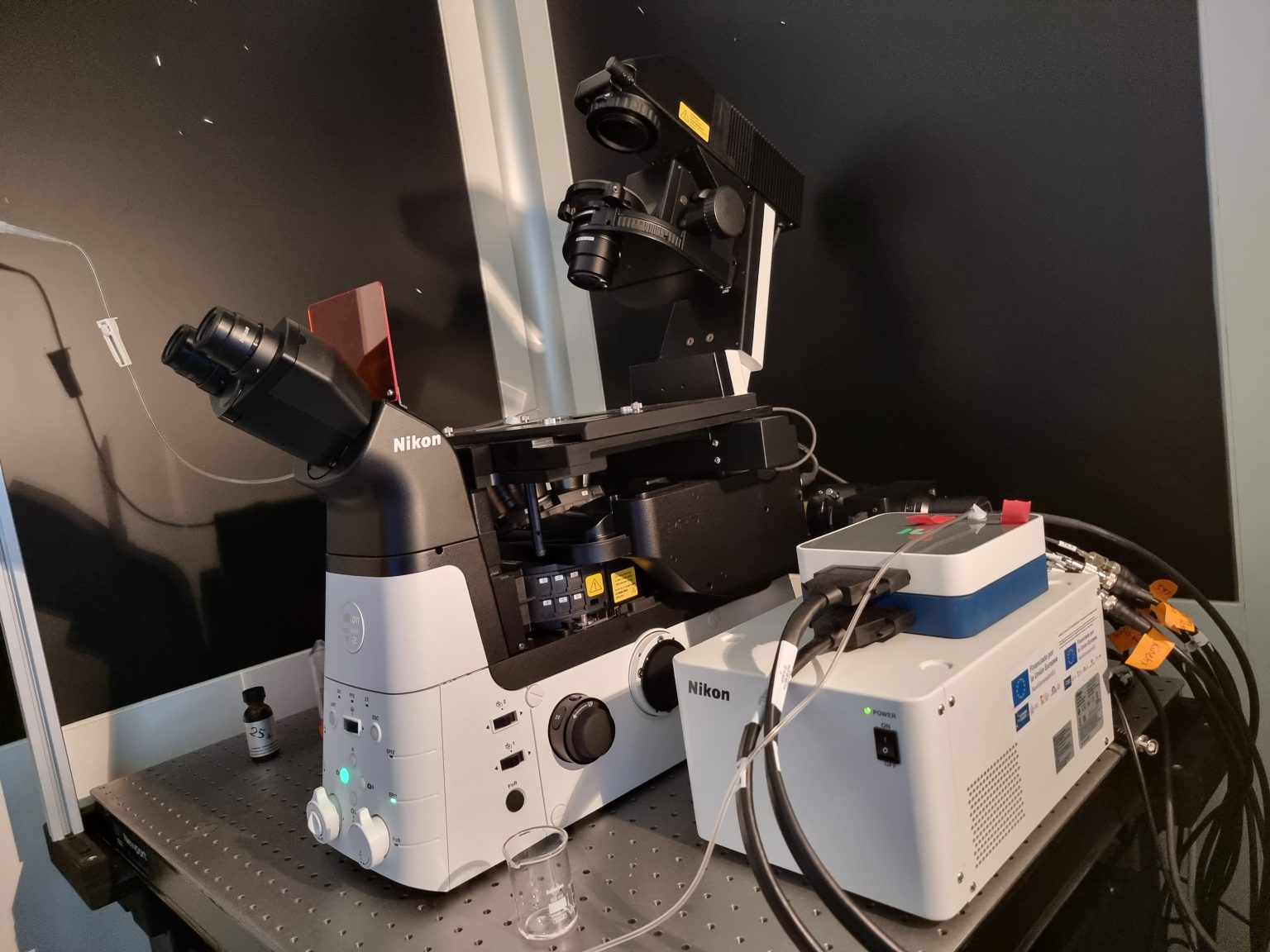Ana Paula Candiota

Ana Paula Candiota
Ana Paula Candiota, a member of the CB06/01/0010 CIBER-BBN group since its inception, holds a degree in Pharmacy obtained in 1997 in Brazil, her country of origin. Early on, she demonstrated a strong motivation for research, receiving three short-term scientific scholarships from the Spanish Agency for International Cooperation (AECI) as part of the Spain/Latin America exchange program. These opportunities allowed her to conduct research at prestigious scientific groups in Seville and Barcelona. In 1999, she joined the NMR Biomedical Applications group at the Autonomous University of Barcelona (UAB) to pursue her PhD, supported by a predoctoral fellowship from the Ministry of Science and Technology (MCYT) until 2004. She completed her PhD in 2005. When her research group became part of the CIBER-BBN network, she was hired as a senior researcher from 2007 to 2023, during which time she secured a permanent teaching position at UAB and assumed leadership of the NMR Biomedical Applications Research Group.
The NMR Biomedical Applications Research Group focuses on the noninvasive assessment of therapy response, particularly in brain tumors, utilizing both anatomical (MRI) and biochemical (MRS/MRSI) approaches. The group also employs cutting-edge artificial intelligence techniques to decipher complex data. Under new leadership, the group is exploring additional research areas, such as changes in the tumor microenvironment that affect treatment response, and the potential for noninvasive detection of these changes. Preclinical models play a crucial role in validating these findings, and the investigation of new drug formulations and nanomedicine approaches remains central, serving as a precursor to translational advancements. This is a key strength of NANBIOSIS Unit 25, where Dr. Candiota serves as the scientific coordinator. Additionally, the study of novel contrast agents is an ongoing focus for the group.
Dr. Candiota’s main scientific contributions during her postdoctoral career include: i) noninvasive grading of human glial tumors based on different echo times and metabolic signals using MRS, ii) the development of a postmortem, MRI-based ex vivo method for rapidly studying novel contrast agents, providing a more reliable alternative to in vitro studies without the need for extensive preliminary tolerability studies, and iii) the identification of an immune-enhancing metronomic therapy schedule in glioblastoma-bearing mice, which was shown to induce changes in the tumor microenvironment favoring antitumor responses, with a particular focus on macrophage phenotypes. Her background in Pharmacy is a valuable asset in the investigation of new therapeutic approaches.









